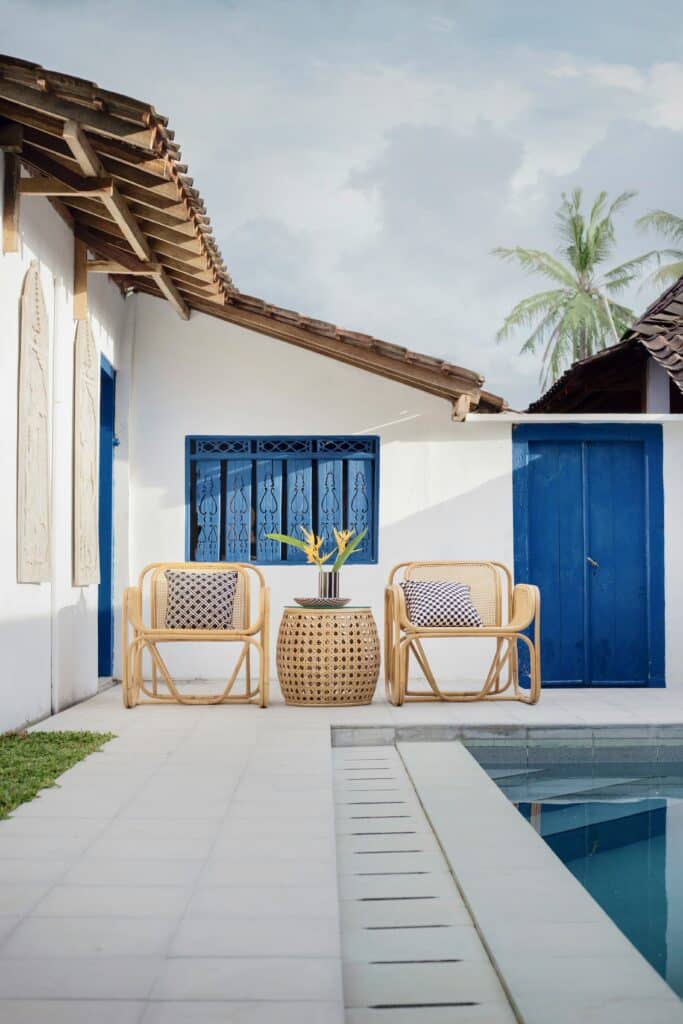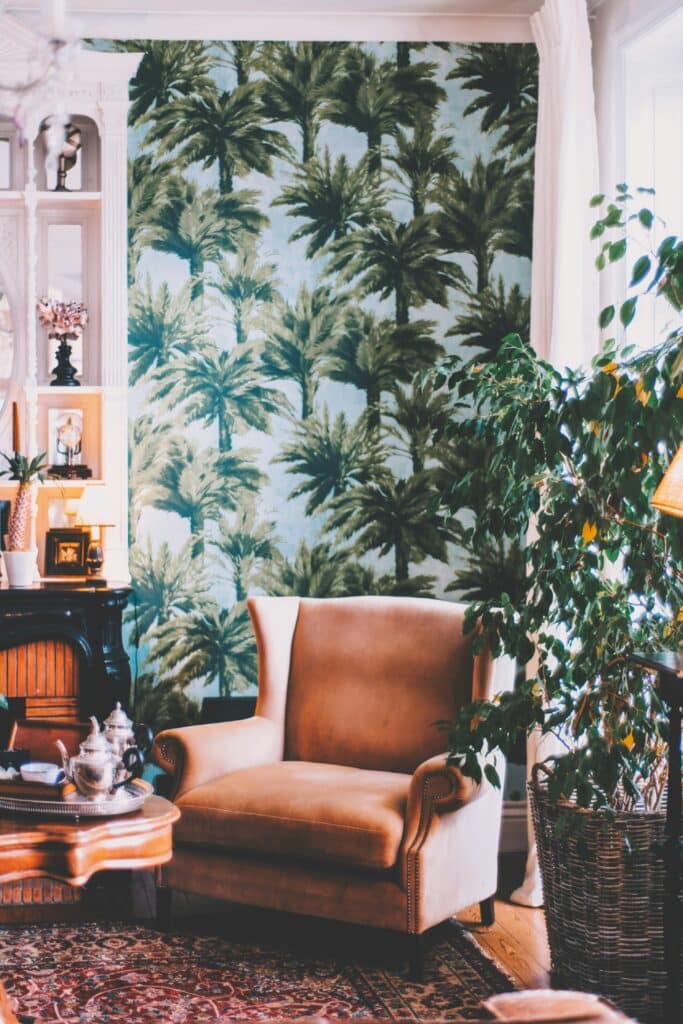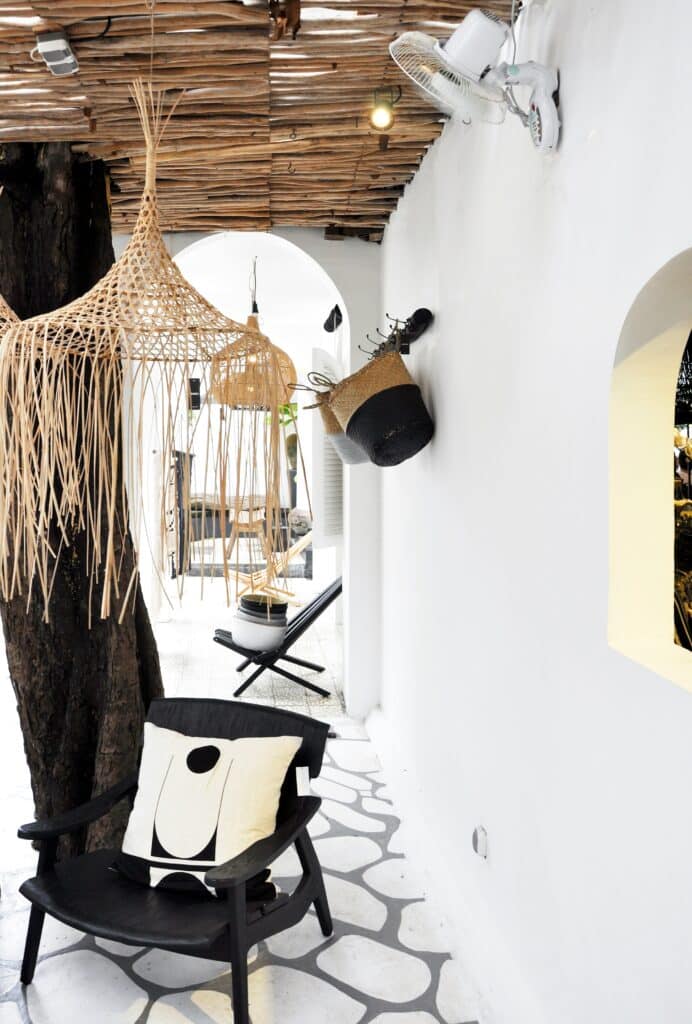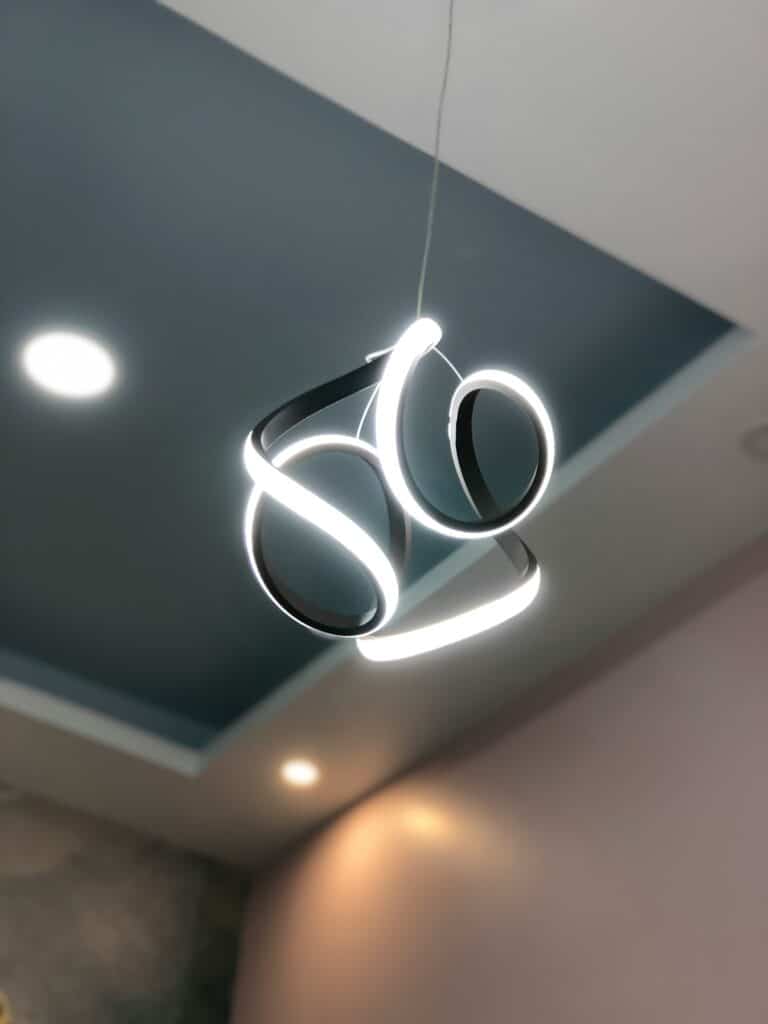While the only constant in life is change, these 2024 interior design trends have major staying power according to design experts and subject matter experts at Pinterest–via a poll of the platform’s 482 million users. As you take on design contracts throughout the year, consider implementing some of these trends into your client’s unique spaces.
Out with the old, in with the new (and vice versa)
Just like culture, interior design is a reflection of different parts of human nature. It can hold up a mirror to our creature comforts–like the Velvet Everything craze of 2021–or bring us closer to our aspirations–like a coveted mid century Ultrafragola. The beauty of interior design’s shifting nature is that you don’t need to turn your place upside down in order for it to feel new. Not to mention, we could all use a declutter after the aggressive nesting that took place over the pandemic. New trends are a chance to make room for more of what you love.
Trends make big waves, while fads made ripples
Walking through the aisles at your local thrift store, one often comes across small graveyards of fads past: a baker’s dozen of lava lamps, or a wall of wooden pictures compelling one to Live, Laugh, Love. Unlike these fads, the trends in this list are part of bigger cultural waves sure to make a splash in 2024 and beyond. This means you shouldn’t be afraid to fall for these interior design trends because they aren’t likely to go away anytime soon.

Sustainable Design
The surge in eco-conscious interior design materials available on the market marks an industry shift towards sustainability, as designers increasingly opt for materials that tread lightly on the planet.
Consumer demand driving eco-conscious supply
The growing emphasis on eco-friendly materials in interior design is a response to a collective environmental awareness, prompting a gravitational pull towards sustainable options. With consumers demanding designs that align with their values, brands are embracing eco-friendly choices, offering a diverse range of plant-based, recycled, and thrifted materials that not only reduce ecological footprints but also elevate the aesthetic appeal of interior spaces.
Sustainable practices across the product life cycle
From conscious production to compostable packaging and product afterlife, the interior design space is experiencing a gravitational pull toward eco-friendly materials. Decorators can expect to see more plant-based, compostable, recycled, fair-trade, circular economy, and even thrifted products when making interior design choices.
Eco-friendly materials and their applications
In the context of interior design, sustainable materials refer to those used for surfaces, such as flooring, walls, and furniture coverings. What makes a material eco-friendly is generally the source of the product, or how easily it can be recycled or disassembled for a reduced ecological footprint.
For example, did you know that plastic stays in our ecosystem for hundreds of years? Bamboo, on the other hand, can decompose within 4-6 months in the right compostable environment.
Other sustainable material choices to consider for eco-friendly interior design choices are:
- Flooring: Cork, stone, reclaimed wood, and hempcrete (mixture of hemp and concrete)
- Textiles: Hemp, linen, and wool
- Furniture: Softwood, bamboo, and rattan
- Decor: Mycelium, Japanese shikkui plaster (made from seaweed fiber)
One of the best things about sustainable materials being in vogue is that they are available at lower price points than ever before, making them more accessible to interior decorators of all experience levels. Even small sustainable design choices can add up to make a big difference when done collectively.

Maximalism
This is the year to let it all hang out. Think Marie Kondo’s eclectic twin: maximalism is all about using every nook, cranny, and surface to bring you joy. Vivid colors and visual noise combine forces to embrace chaos in maximalist interior design.
A revolt against rules
The opposite of maximalism is minimalism. Millennials know it all too well: airy rooms, muted colors, and minimal decor. This interior design choice makes a lot of sense for a generation who spent their adolescence in their parents’ mustard-yellow shag carpet basements. Thankfully, it’s not too late for Millennials to embrace the joy of eclectically curated clutter.
Bold choices and loud patterns
Cottagecore walked so maximalism could run. Not only is busy wallpaper welcome, it is strongly encouraged. Fuzzy ottomans? Yes, please. Maximalism welcomes contrasting shades and patterns with unconditional love, celebrating arrangements as unique as the people who live in them. Simply put, this interior design approach favors the bold.
Incorporating maximalist elements into your space
There is only one rule to maximalism: there are no rules. But if you need some help embracing ambiguity, below are some interior design elements that will give your space that cozy one-of-a-kind maximalist feel:
- Texture: Layer different textures to gives a space depth and visual weight
- Color: Select rich colors like jewel tones, or have fun with a single pop of color
- Accents: Using fluted textures and scalloped details can tie different elements together
- Plants, portraits–or both: Plant and gallery walls are two popular maximalist features that give free reign to creative expression
When in doubt, grab a friend and head over to the nearest antique market for a dose of inspiration from maximalism’s first wave, which happened in the 1980s.

Curves and Organic Shapes
The strict, straight lines that dominate mid century modern are still holding strong, but they are also being mixed with–and sometimes replaced by–organic, irregular shapes that make a statement.
Shift from harsh lines to soft, rounded edges
Taking inspiration from nature, the organic shape trend replicates forms found in gardens, landscapes, rivers and canyons. This free-flowing trend gives the space a laid-back atmosphere and evokes warmth and coziness.
Embracing natural shapes in furniture and decor
You can bring this trend home by incorporating shapes and patterns found in nature into your interior design. Imperfect curves, irregular shapes, and strategic use of symmetry and asymmetry are some of the elements that help bring this trend to life. As for accessories, matte finishes and handmade items can help add character to this natural look. While organic shape decor is most often encountered in neutral palettes of beige, cream, and clay, dark wood, rich green tones, and metallics like mirrors can help bring vibrancy to this trend.
Ways to incorporate curvilinear and organically shaped elements into your design
At its core, the trend of soft and organic shapes is about inviting nature’s harmony indoors with us in an effort to invite serenity into our homes. Some interior design elements that can help achieve this include:
- Oversize, organically shaped mirrors
- Curved wooden furniture, particularly pieces that incorporate the pattern of the grain
- Round or curved sofas
- Art Nouveau lamps
Lighting should be warm, soft and indirect. Consider positioning lamps throughout the space and eliminating overhead lighting for a stress reducing ambiance.

Sculptural Lighting Fixtures
If 2023 was the year of the mirror, then 2024 is the year of lighting fixtures. The sculptural lighting fixture interior design trend is where function meets artistic expression.
Why shimmer when you can shine
While lighting is essential to the functionality of a home, this trend shows that there is a lot more lighting can do for a space. If you have to have light, why not make it pop? If we were to consider sculptural lighting pieces as the jewelry of interior design, then it can do one of two things: either tie together a room together or take your breath away upon entry.
Sculptural lighting fixtures double as artistic statements
What’s notable about this trend in 2024 is that it’s no longer limited to ceiling lights like chandeliers–table lamps, sconces and ambient wall lighting are all invited to the party, and they’re dressed to impress. This shift means that practically every room in the house can be bedazzled with a lighting fixture that doubles as a striking piece of art.
Tips for integrating dramatic lighting into different spaces
Lighting is an art of its own. To get the desired effect, leverage the advice of lighting experts in-person at a local store, or consider watching a video that explains the basics of lighting theory if you’re thinking of drastic change like a chandelier centerpiece. Floor and table lamps are much easier to trial without the commitment.
- Use contrast. Choose a dark or contrasting wall color as a backdrop to make your sculptural ceiling lighting stand out.
- Pick an era. Sculptural lighting has been popular for decades, from the classic glamor of art deco to abstract creations using futuristic materials, so the choices are practically limitless.
- Accentuate. Make a trip down the hallway feel like a catwalk with the addition of sculptural sconces.
Another consideration for sculptural lighting is to commission a local artisan to create the form out of lighting-approved materials. This way, you get the exact look you want while supporting your local economy.
Tech-Integrated Spaces
One of the most anticipated interior design trends for this year is the rise of tech-integrated spaces. This decorating trend weaves gadgets seamlessly into your space, putting you in complete control of your sensory environment.
Attain a new level of control over your domain
While jet packs are not the primary mode of transportation like our predecessors predicted, functional smart consumer electronics are becoming an everyday reality. Today, advances in the field of Internet-of-Things (IoT) means consumer technology is built to make life easier. If not always easier, then at least cooler–looking; those that have felt the thrill of closing their window blinds using voice command know the feeling. Simply put, smart home technology allows you to use voice, your smartphone, or AI to adjust your environment.
Integrated technology can enhance the functionality of interior design
Increased comfort and convenience are two key benefits that draw people to smart home technology. Tech can bring many enhancements to your interior design layout, such as:
- Customization: Dim lighting to desired brightness, color, or soundtrack
- Automation: Set blinds to open at a set time in the morning
- Energy Savings: Smart tech learns your habits to conserve energy in down time
Not only is a smart home useful, it’s also stylish. Intelligent home technology companies understand that smart devices need to offer form and function, so the latest models often come in a variety of colors to suit every interior design palette.
Considerations for a seamlessly tech-integrated home
While the concept of a tech-integrated home is exciting, there are a few things to consider. First of all, technology requires a learning curve, and getting the exciting new toy to work the way you want might take time before it feels frictionless. Second, many smart devices are smart-phone operated, and built to work optimally with specific devices, so make sure the new tech additional plays along well with your existing digital ecosystem.
Contrary Views on Tech-integrated Spaces
Much like its cousin, the fashion industry, interior design trends can be of the “both is true” variety. While many people are still looking for ways to integrate more helpful technologies into their home, there is a resurgence of people looking for rooms created for getting unplugged. These designers and homeowners are leaning into their love of mechanical controls, such as old-school buttons, toggle switches, and other items that let them lean into a space for enjoying mindful routines devoid of blue screens and automatic everything.
This year’s trends bring the potential of timeless inspiration, and a chance to dive into sustainable choices, embrace the bold maximalism wave, soften spaces with organic shapes, illuminate with sculptural fixtures, and seamlessly integrate tech for a stylishly connected home. As your interior designs take center stage in 2024, don’t just follow the trends – personalize them. A space that reflects your clients’ styles and preferences will feel even more like home.












